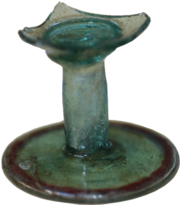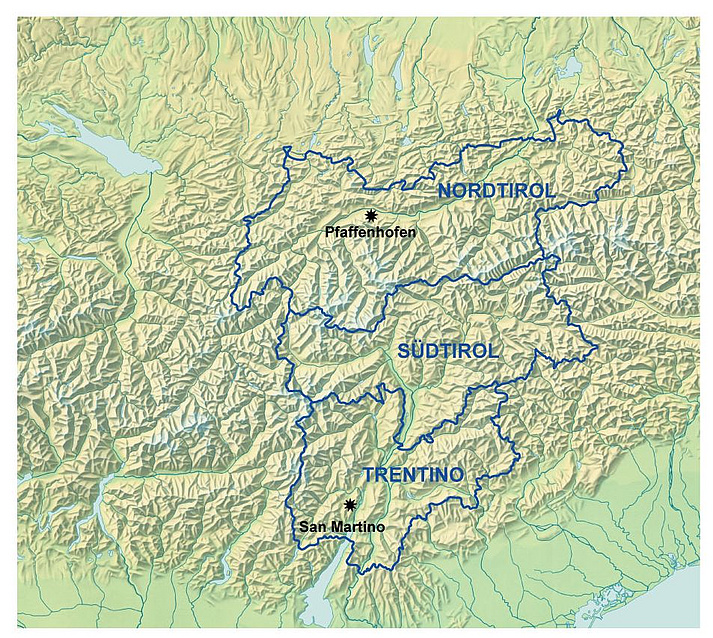
Excavations in North Tyrol and in Trentino:
On Cultural Changes in the Alpine Region

To archaeologists times of transition and change constitute particularly exiting fields of research. This is because they are always connected with reactions and innovations in the cultural environments concerned, often represented in archaeological findings. At excavation sites in North Tyrol and in Trentino the project “Comparative Archaeology of Roman Alpine and Danube Regions” (Vergleichende Archäologie römischer Alpen- und Donauländer) at the Bayerische Akademie der Wissenschaften studies two major transitional ancient Roman periods: from the later pre-Roman Iron Age to the early Roman Imperial Period (first century BC until first century AD) and from Late Antiquity to the early Middle Ages (between third/fourth and seventh/eighth century AD).
Both periods had great influence on shaping modern Europe. At the core of this research project of Roman Provincial Archaeology are questions regarding consistency, change and breach of cultural phenomena like population composition, social structure, settlements as well as regional development, economy, craftsmanship, religious expressions and burial rites. The specific scientific work is based on field research (excavations), regional studies and colloquia.

Excavation Sites: Roman Period in Pfaffenhofen and San Martino di Lomaso
For both transition periods suitable excavation sites were selected: In Pfaffenhofen (North Tyrol) a site from the later Pre-Roman Iron Age and in San Martino di Lomaso (Trentino) a Late Antiquity/early Middle Ages castrum. In campaigns lasting several years, large areas of both settlements are being exposed. In a parallel process regional studies are being developed, that systematically compile and evaluate the region’s archaeological legacies. The sites will not be researched as isolated studies but rather evaluated in the context of a developed landscape. This way not just a site but also its interrelations with the environment are being examined.
Regional Studies in the Alps: A Research Project with a History of Its Own
The project evolved from the “Kommission zur vergleichenden Archäologie römischer Alpen- und Donauländer”, which in 2007 celebrated its 50th anniversary. The commission was founded in 1957 at the request of Joachim Werner (1909–1994), who chaired the project until his death.
He was followed by Georg Kossack (1923–2004) and Günter Ulbert (Managing Director). 1995 Georg Kossack initiated an extensive restructuring of the commission’s work as well as its renaming to „Kommission zur vergleichenden Archäologie römischer Alpen- und Donauländer“ in 1998. Volker Bierbrauer has chaired the Commission since 2005, together with Managing Director and Deputy Chair Günter Ulbert.
In the wake of the Academy’s structural reform in 2015 the Commission was transferred to advisory board and committee of the project „Archäologische Erforschung der römischen Alpen- und Donauländer“.

Funding

The venture II.E.05 „Siedlungs- und Bevölkerungsarchäologie im mittleren Alpenraum am Beginn und Ausgang der Römerzeit“ is funded by the Federal Republic of Germany and the Free State of Bavaria as part of the Academies' Programme.
The project is based on a schedule for the time between 2012 and 2025. It was approved by the Akademienunion (Union of the German Academies of Sciences and Humanities) in 2009. External evaluations and reviews of the project took place in 2013, 2016, 2018 and 2021.
